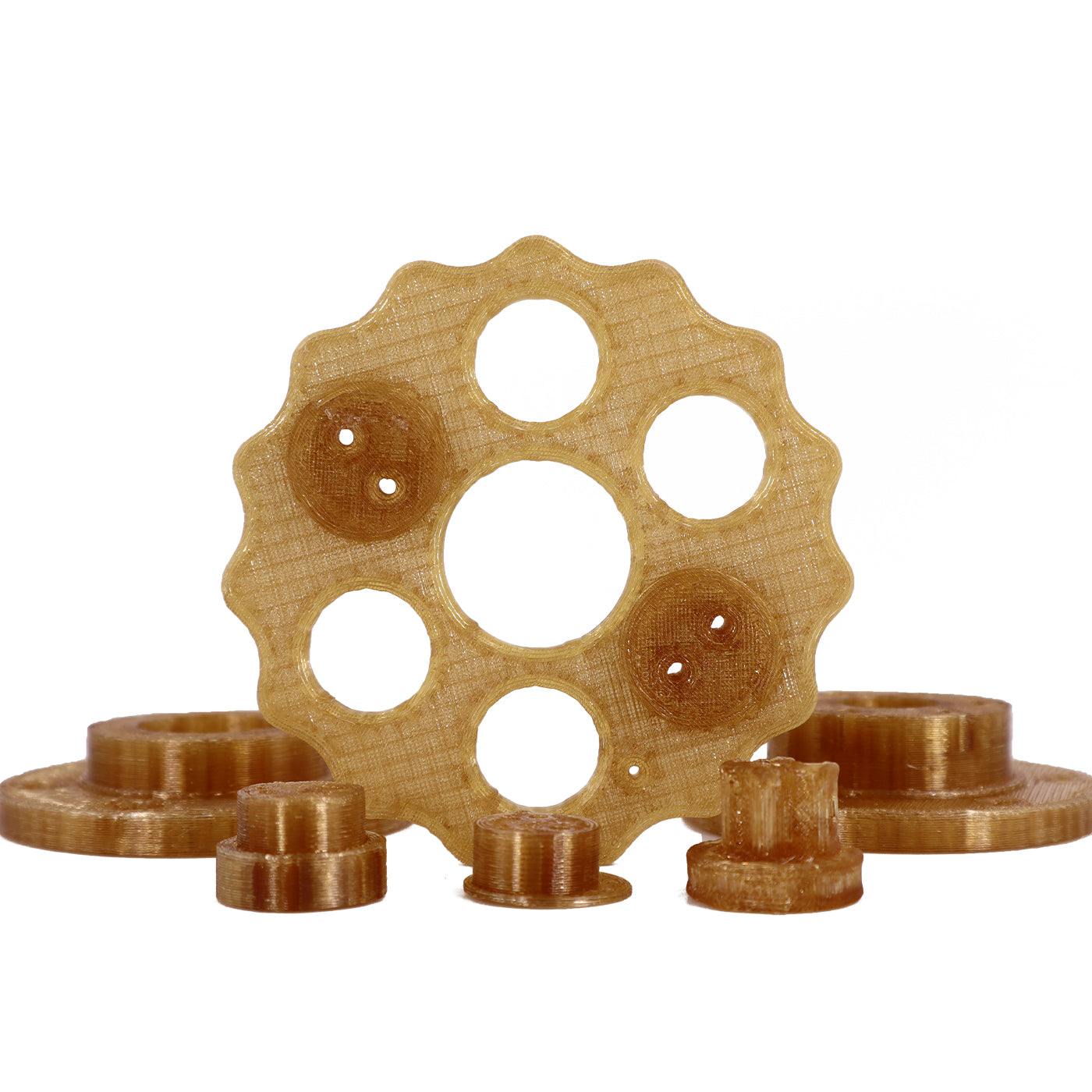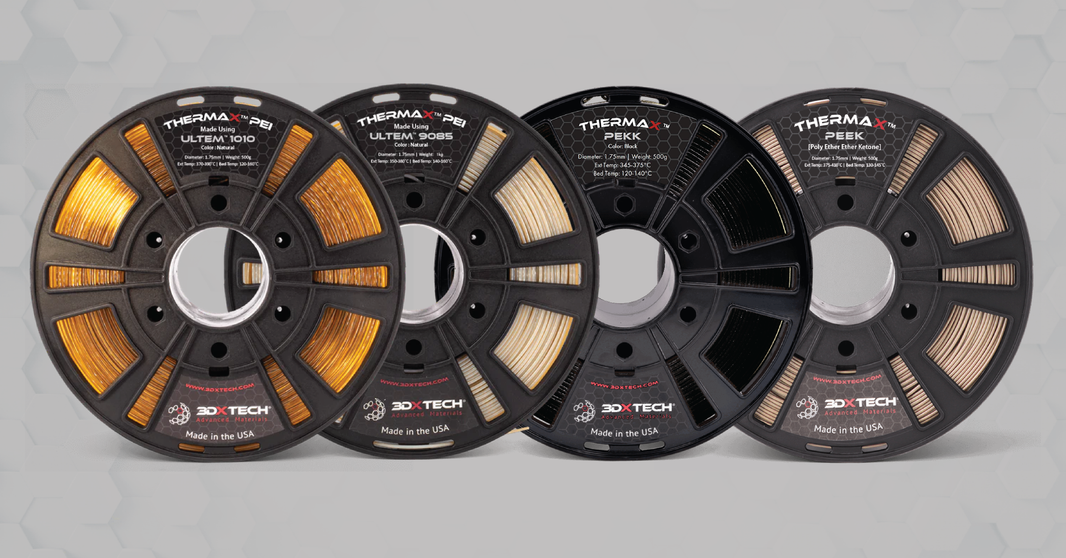Rapid Prototyping with Engineering-Grade Filaments: From Concept to Functional Testing
Engineering-grade 3D printing filaments enable fast, reliable prototyping that bridges the gap between concept and functional testing. Materials like Nylon, PC, ABS, PEEK, Ultem, and FR filaments allow engineers to create accurate, durable prototypes that can be evaluated for real-world performance before production.
Why Rapid Prototyping Matters
Rapid prototyping accelerates product development cycles, allowing engineers to test form, fit, and function early in the design process. Using engineering-grade filaments ensures prototypes are not only dimensionally accurate but also capable of withstanding mechanical, thermal, and chemical stresses during testing.
Applications Across Industries
- Aerospace: Functional prototypes for brackets, housings, and tooling that can endure elevated temperatures and mechanical loads.
- Automotive: Engine and structural components tested for strength, chemical resistance, and heat tolerance.
- Defense: Rapidly iterated prototypes for mission-critical parts requiring high-performance materials.
- Industrial Manufacturing: Jigs, fixtures, and end-use prototypes for process validation and functional testing.
Engineering-Grade Filaments for Rapid Prototyping
- Nylon: Tough, chemical-resistant, and flexible; ideal for durable functional prototypes and jigs.
- PC (Polycarbonate): Strong, heat-resistant, and impact-tolerant; perfect for mechanical prototypes.
- ABS: Easy-to-print, cost-effective material for early-stage prototypes requiring moderate strength and durability.
- PEEK: High-performance filament for extreme temperature, chemical, and mechanical testing.
- Ultem (PEI): Flame-retardant, dimensionally stable, and suitable for aerospace and defense prototyping.
- FR Filaments (FR-ABS, FR-PC-ABS, FR-Nylon, etc.): Ensure compliance and safety during functional testing of critical components.
Benefits of Using Engineering-Grade Filaments
- Accelerates product development and reduces time-to-market
- Enables functional testing under real-world conditions
- Supports evaluation of mechanical, thermal, and chemical performance
- Provides accurate, production-representative prototypes
- Reduces costs associated with failed designs and late-stage changes
Best Practices for Rapid Prototyping
- Select filaments based on prototype requirements (strength, flexibility, heat resistance, compliance)
- Use proper printer settings and heated chambers for high-performance materials
- Consider post-processing techniques such as annealing or chemical smoothing for accuracy and durability
- Test early and iterate quickly to optimize design before final production
Conclusion
Rapid prototyping with engineering-grade 3D printing filaments allows engineers to move from concept to functional testing faster and more efficiently. By leveraging materials like Nylon, PC, ABS, PEEK, Ultem, and FR filaments, teams can validate designs under real-world conditions, reduce development costs, and improve final product quality across aerospace, automotive, defense, and industrial applications.






